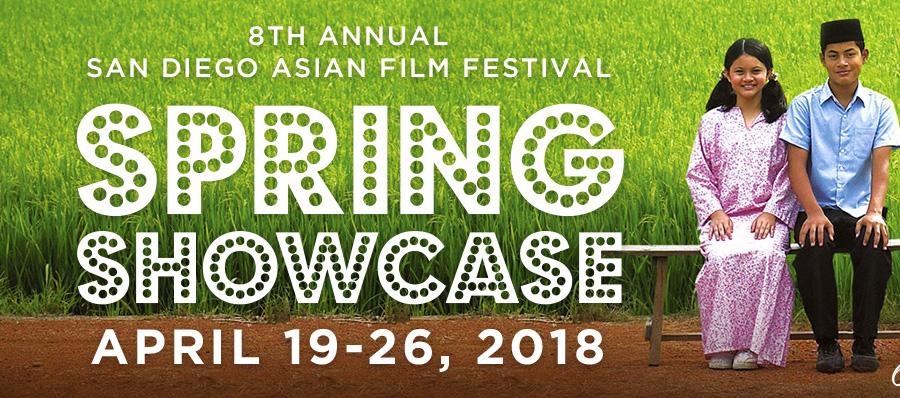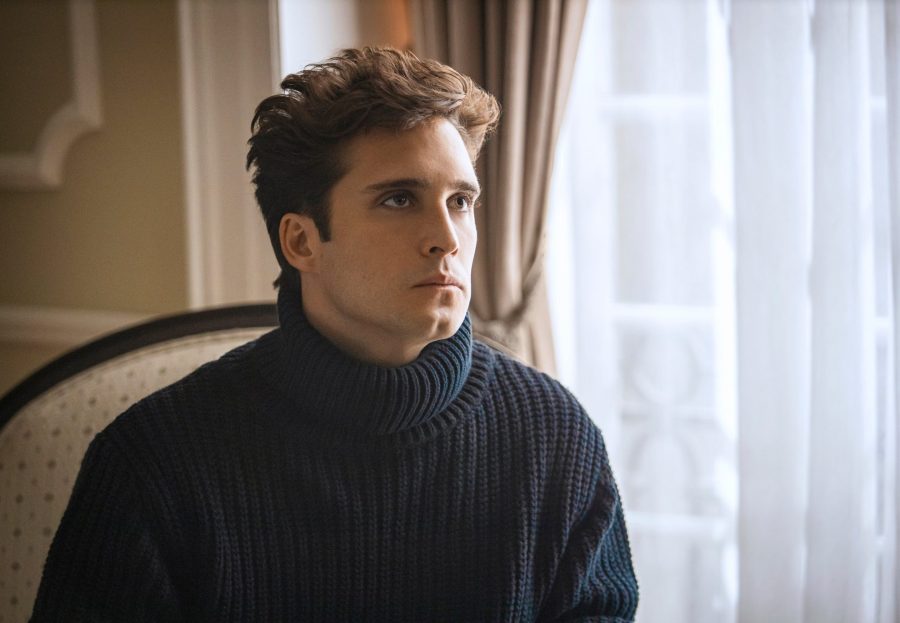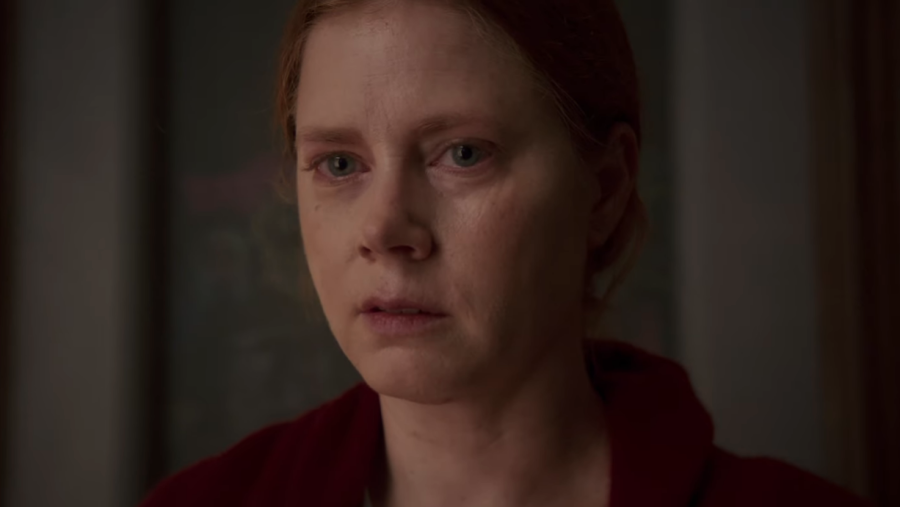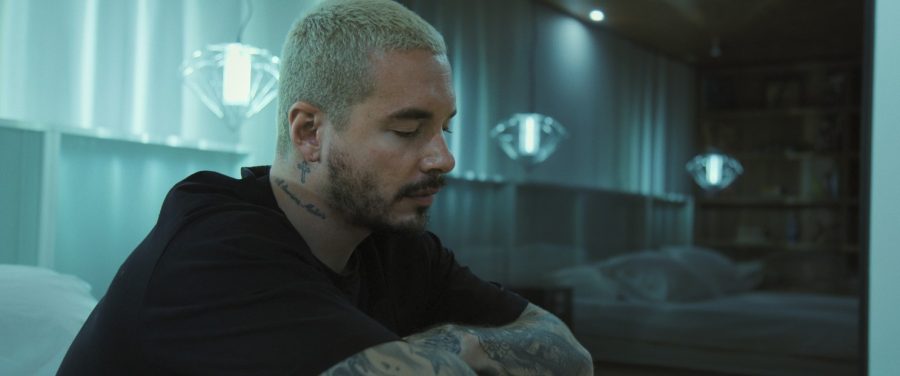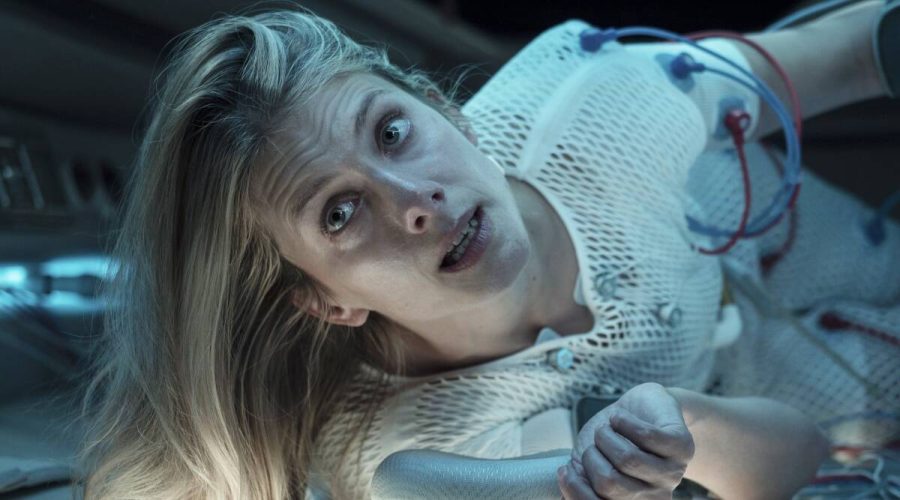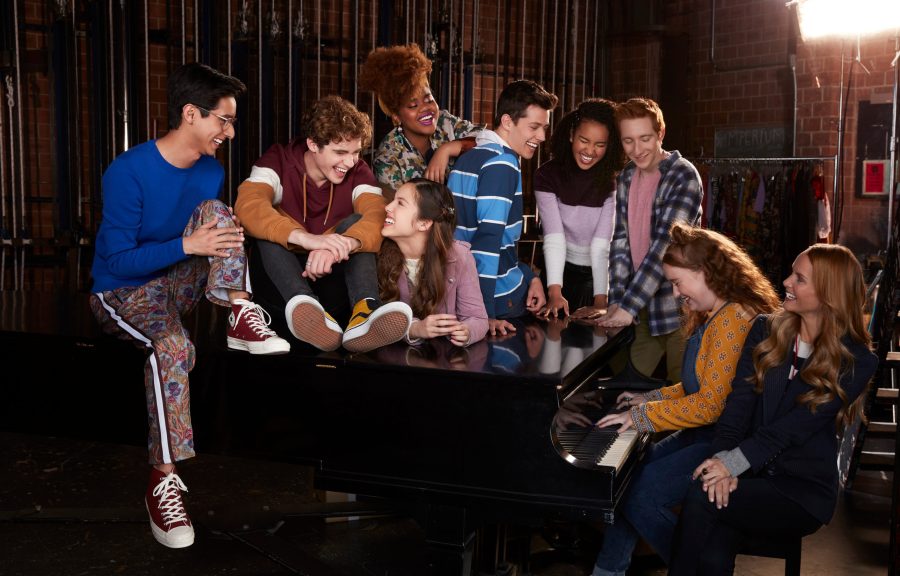You might pass all your midterms with an A, but still not have class. That’s why these martyrs of media have happily put off their own studying to provide you with this guide to our thoughts on selections from this year’s San Diego Asian Film Festival.
“1987: When the Day Comes”
Directed by Jang Joon-hwan
Under the militant tyranny of President Chun Doo Hwan in the 1980s, South Korea was ready for a revolutionary outburst, an outlet to speak against the state’s injustices and marginalizations. Then in the tempestuous year of 1987, that revolution became a reality. The discovery of the police force’s torturing of a pro-democratic student protester, Park Jong Chul, covered the headlines. Citizens were fuming and appalled by the obloquy of their government. The gratuitous murder of an innocent youth sparked a wave of student protests and uprisings, which became epochal for the country’s historical pivot to a democratized republic.
A political thriller, “1987: When the Day Comes” celebrates the journey of the civilians who soldiered on to win a battle against corrupt authorities. It is a tale of patriotism that illuminates many South Koreans’ commitments and fatal sacrifices to salvage the nation they loved. The movie marshals multiple characters, such as a prosecutor, journalists, and low-rank security officers who scrutinize the government and plot to repeal a dictatorship. Each protagonist also embodies the theme of courageous defiance, inspiring millions into political engagement and transcending the film’s palpable sense of rebellion. Filled with heart-gripping fervor and insight, this film largely informs on the despotic regime that a 1987 South Korean society rightfully dispelled, but also aptly brings a timely political story close to home.
Ashley Chen, Senior Staff Writer
Image Courtesy of San Diego Asian Film Festival
“Kiko Boksingero”
Directed by Thop Nazareno
Brandishing a pair of oven mitts in lieu of boxing gloves, Kiko (Noel Comia Jr.) first appears to us as a quiet Filipino boy. At home, he is cared for by his nanny, Diday (Yayo Aguila), and at school, his classmates pick on him. Both are results of his mother’s recent death, and both will change when he has to move to America to be with his next of kin.
Just because Kiko is quiet does not mean that he doesn’t have his own wants and wishes. His desire to become a boxer leads him to his estranged father, George (Yul Servo), a professional boxer. Under George’s guidance, Kiko tests the boundaries of his life and soon learns what it means for him to grow up as a Filipino youth.
Kiko’s journey is detailed through subtle everyday scenes. Narrative-wise, nothing is especially unique, yet seemingly insignificant events — like eating vegetables — can actually become large steps in the young boy’s life. “Kiko Boksingero” is not a revolutionary coming-of-age story, but it nonetheless tells a gentle, simple tale with unexpected, but much-appreciated, warmth.
Natalie Tran, Senior Staff Writer
Image Courtesy of San Diego Asian Film Festival
“Minding the Gap”
Directed by Bing Liu
“Minding the Gap,” Director Bing Liu’s first feature documentary and a winner of the Jury Award for Groundbreaking Filmmaking at Sundance Film Festival, is a beautiful portrait of boyhood and friendship in a tightly-knit skateboarding community in the American Midwest, following the teengagers’ individual struggles with having to mature surrounded by childhood violence. “Minding” follows Liu’s two friends, Zack and Keire, as they navigate adulthood — for Zack, becoming a parent, and for Keire, becoming financially independent. Liu bravely inserts himself into Zack and Keire’s interviews, and his own storyline culminates in a truly rewarding viewing experience as Liu tries to make sense of the abuses present in each of their experiences.
In its hour-and-a-half run, “Minding” far exceeds expectations with gut-wrenching footage and interviews. “Minding” poignantly addresses complex and intersecting themes of toxic masculinity and abuse, as well as race and class, without shying away from the most difficult points in its subjects’ lives. It’s a stunning love letter to the escapist act of skateboarding, told through clips from Liu’s own archive of skate videos, and a fierce attempt at healing and reconciliation with the past.
Justin Nguyen, Contributing Writer
Image Courtesy of Sundance InstituteSA
“Mukhsin”
Directed by Yashim Ahmad
Director Yasmin Ahmad’s “Mukhsin” recounts a semi-autobiographical tale of childhood’s first loves. It begins in the style of an old film reel, visually grainy during certain scenes, that cultivates a nostalgic atmosphere. While the plot is rather straightforward, the beauty of the film lies in its simplicity; Ahmad possesses an astounding ability to not only breathe life into her characters but also build a cohesive world around them. Pitted against the backdrop of a Malaysian village, “Mukhsin” excels in its dialogue — the gossip between aunties in the kitchen hand-making ice cream and the hushed late night talks between parents help to color the world of Orked (Sharifah Aryana). All of these factors serve to support the slowly budding relationship between 10-year-old Orked and 12-year-old Mukhsin (Mohd Syafie Naswip). As scenes flit from the schoolyard to innocent bike rides to the children’s home life, each moment between the two protagonists remains pure, genuine, and candid. “Mukhsin” shows more than the beginnings of a young romance, indulging the viewer with a story not only about youth and family, but also first loves and second chances.
Jahfreen Alam, Senior Staff Writer
Image Courtesy of San Diego Asian Film Festival
“The Third Murder”
Directed by Hirokazu Kore-eda
Misumi (Koji Yakusho) has already confessed to beating his former employer to death, burning his corpse, and stealing his wallet when defense lawyer Tomoaki Shigemori (Masaharu Fukuyama) joins the case. What’s more, when questioned about the details of the evening of the murder, Misumi changes his story each time, making his narrative and motives nearly impossible to account for. Defending him seems almost futile, and yet Shigemori is determined to reduce Misumi’s punishment from the death sentence to life in prison.
Originally released in 2017, “The Third Murder” is a Japanese legal drama that delves into the troubled mind of a defense attorney. Through the eyes of Shigemori, the audience is confronted with questions attorneys face every day: Should attorneys’ top priorities revolve around developing a winning legal strategy? Or should they try to reveal as much of the truth as possible, no matter how implausible it might seem? How does one determine who deserves to live, and who should die? Set in 2017, this film exhibits the traditional style and conventions of Japanese film, incorporating viewers in medias res and only allowing them small, fleeting glimpses into the characters’ narratives. While this, combined with the abundant legalese, might make the film difficult to follow for some, the narrative is continuous enough that it all comes together in the end to create a fascinating glimpse into Japan’s legal system.
Daisy Scott, A&E Editorial Assistant
Image Courtesy of Gaga Corporation
“Waru”
Directed by Various Directors
When tragedy strikes a small New Zealand town, it shakes the community, and the surrounding world, to its core. Artfully arranged into eight vignettes following a variety of Maori women, “Waru” shows the aftershocks of a young Maori boy’s murder at the hands of his guardian. These stories, which don’t intersect other than through the central murder, explore the different impacts of this death on both the community, and the individuals who comprise it. In one frantic and disturbing piece, a drunken woman realizes that she’s left her own baby alone overnight. In another, the boy’s great-grandmothers, in a powerfully haunting performance, argue over where to bury the child’s body. A Maori news reporter witnesses the racist backlash that surrounds the tragedy, and, in the film’s eighth and final vignette, two sisters venture to retrieve children they suspect are being abused, arguing over the futility of it all.
Each short was created by a different director and later joined together to create the full film, but the tone feels remarkably consistent. A suspenseful, somber atmosphere permeates each piece, as the women’s stories act together to reveal an indirect, yet comprehensive view on the cycles of violence. Touching on issues of race, abuse, and poverty, “Waru” provides a evocative look at the circumstances that create the most horrific tragedies.
Chloe Esser, A&E Editor
Image Courtesy of San Diego Asian Film Festival


